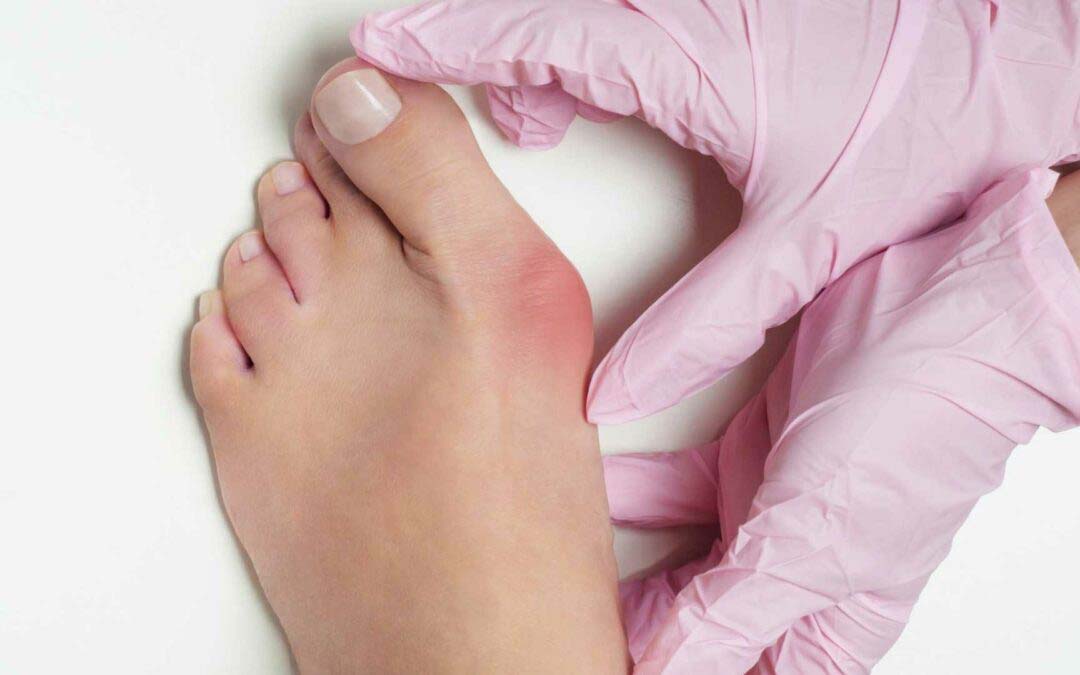Tight narrow shoes and high heels can cause a bunion. When a bunion is formed, the big toe joint grows in size and protrudes to the outside. The skin over the toes becomes soft and red, and inflammation of the mucus or arthritis can occur.
Bunions can also develop from foot injuries, and sometimes are congenital. To know more about the same you can visit grandcentralpodiatry.com/bunion-surgery-nyc/.
Several factors increase your risk of developing a bunion:
- High heels – Wearing high heels can jostle your toes and can cause a bunion.
- Inappropriate shoes – People (especially women) who wear shoes that are too tight, too narrow, or too pointed are at risk of developing a bunion.
- Arthritis – Pain due to arthritis can change the way you walk and cause a bunion.
- Heredity – An inherited structural foot defect can cause a bunion.
The juvenile bunion forms at the base of the big toe and affect girls aged 10 to 15 years. In contrast to an adult bunion, teens can move a painful joint normally but experience pain when wearing certain shoes. Treatment includes making children’s shoes stretch or buying wider sized shoes. Surgery is almost always avoided until growth is complete.

Image Source: Google
Bunionette is a swollen and painful lump on the outside of your foot near the base of your small toes. Also called a tailor bunion, a bunionette has hard corn and painful bursitis.
Most bunion can be treated without surgical intervention. If a bunion causes you difficulty walking, an orthopedic specialist will recommend special shoes, avoid certain types of shoes, pads and taping, shoe inserts, and / or medications.
Changing Shoes – Orthopedic specialists will recommend shoes that are comfortable and spacious with enough space for your toes. These special shoes will fit the shape of your feet and have wide insteps, wide toes, and soft soles.
Avoiding Shoes – Treatment involves avoiding spiky shoes, tight shoes, and high heels.
Padding and Taping – Your doctor will show you how to wrap and attach your feet to the normal position. These steps reduce stress on the bunion and relieve pain.
Shoe Inserts – Layered shoe inserts help evenly distribute pressure to reduce your symptoms. In addition, this device can prevent your bunion from deteriorating. Some people are also relieved by the use of freely available arch support.